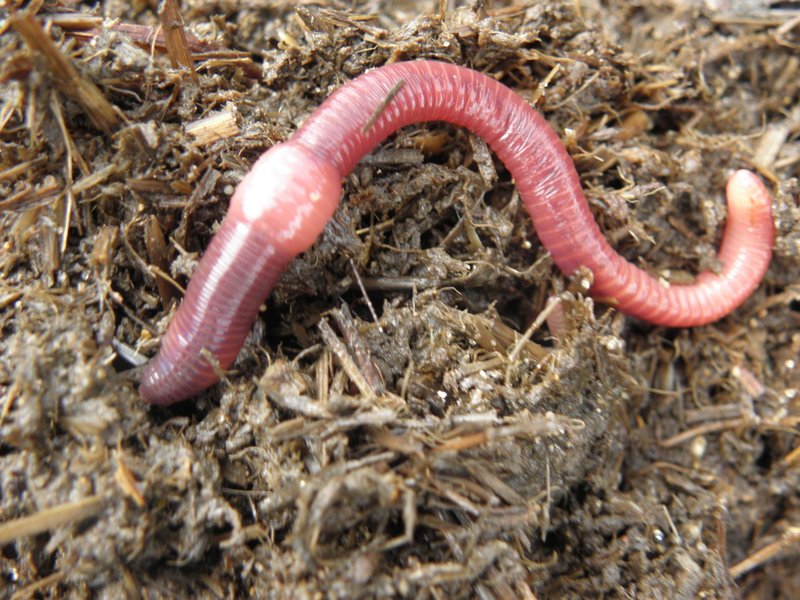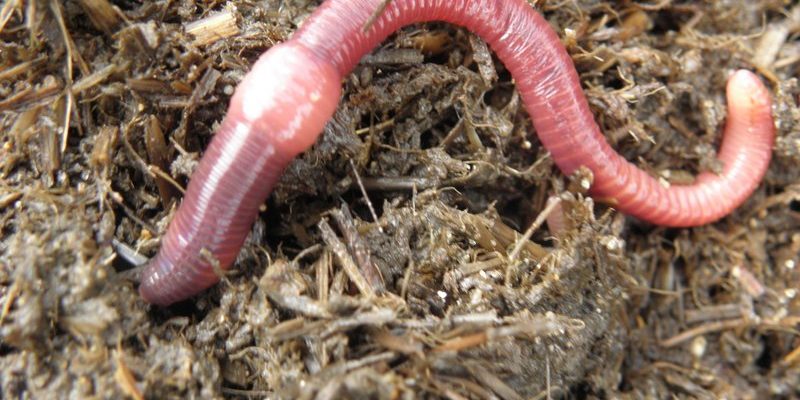
So, how do you identify a red wiggler in its natural habitat? It’s not as tricky as it sounds! Let’s break it down step by step. We’ll explore the distinct features of red wigglers, where they typically live, and some tips for spotting them in the wild. You’ll soon be able to spot these critters with confidence, whether you’re gardening or just enjoying a walk in nature.
What Are Red Wigglers?
First things first: let’s get to know these worms. Technically known as *Eisenia fetida*, red wigglers are special types of earthworms commonly found in the top layers of soil, especially in compost piles. Unlike garden earthworms that burrow deep into the ground, red wigglers prefer to stay near the surface where they can feast on organic matter.
You might be wondering, what do they look like? Red wigglers are typically reddish-brown and have a thin, elongated body that’s about 3 to 4 inches long. Their skin appears smooth, and they often have a series of segments that make them look a bit wrinkled—like nature’s very own squishy snack! They’re sometimes confused with other types of worms, but their vibrant color and smaller size can help distinguish them easily.
Key Characteristics of Red Wigglers
When trying to identify a red wiggler, pay attention to a few key traits. Here’s what to look for:
- Color: Red wigglers stand out with their reddish-brown hue. Sometimes, they can even appear brighter when they’re well-fed!
- Size: As mentioned, they usually grow to about 3 to 4 inches in length. If you spot something much longer, it’s likely a different worm.
- Movement: Red wigglers tend to squirm and wiggle vigorously when disturbed. This is different from earthworms that might curl up instead.
Understanding these characteristics will help you recognize them quickly. Whether you’re digging around in your compost or simply looking under a pile of leaves, knowing what to look for can make all the difference.
Preferred Habitat of Red Wigglers
Red wigglers have a taste for comfort, and they like to make their homes in nutrient-rich environments. So where can you find them? Here’s a quick rundown:
- Compost piles: This is their ideal home! Red wigglers thrive on decomposing food scraps and organic matter.
- Mulched gardens: If you have a garden with mulch, check the layers underneath. Red wigglers love to hang out there, too!
- Moist forest floors: You can also find them in damp, leaf-littered areas of forests where organic matter is plentiful.
Next time you’re in one of these environments, take a closer look. Gently digging in the soil might reveal a wriggling treasure beneath the surface. It’s like a little adventure every time!
How to Spot Red Wigglers in the Wild
Finding red wigglers in their natural habitat is a fun and educational experience. Here’s how to do it effectively:
1. Choose the Right Place: Start your search in places rich in organic material, like compost heaps or gardens. Look for areas with lots of decaying leaves or food waste.
2. Dig Gently: Use a garden trowel or your hands (if you’re brave) to carefully turn over the top layer of soil or compost. Be soft; you don’t want to hurt any worms that might be living there.
3. Look for Movement: Pay attention to any squirming motions. Red wigglers are often quick to escape if disturbed, so you might need to be patient.
4. Check Temperature and Moisture: Red wigglers prefer moist conditions. If the area is dry, they might be hiding deeper in the soil. Early morning or after rainfall can be ideal times to search.
By following these steps, you’ll become a red wiggler detective in no time. Plus, discovering them in nature can make you feel like a kid again!
Why Identifying Red Wigglers Matters
Identifying red wigglers goes beyond just curiosity. Here’s why it’s beneficial:
– Soil Health: Red wigglers are invaluable for soil health. They help break down organic material and improve soil structure. By understanding their role, you can appreciate how important they are in gardening and agriculture.
– Composting Success: If you compost at home, knowing how to identify red wigglers can improve your success rates. These worms can help speed up the composting process, turning kitchen scraps into nutrient-rich soil.
– Environmental Awareness: Learning about red wigglers fosters a greater appreciation for ecosystems. Each creature, no matter how small, plays a role in our environment.
By recognizing and valuing these tiny helpers, you can make more informed decisions about gardening and environmental practices.
Common Misconceptions About Red Wigglers
As with many things in nature, there are a few myths about red wigglers that are worth addressing.
– “They’re just pests!”: Some people view worms as pests, but red wigglers are beneficial for gardens and composting. They help break down waste and enhance soil quality.
– “They can’t live outdoors!”: While red wigglers thrive in compost, they can also survive outdoors in the right conditions. They enjoy moist, dark environments, so as long as they have food and shelter, they’ll be happy.
– “All worms are the same!”: Not all worms serve the same purpose. Red wigglers are specialized for composting and should not be confused with other types of earthworms that prefer deeper, less nutrient-rich soil.
Clearing up these misconceptions can help foster a better understanding of how red wigglers fit into our ecosystems.
Now that you know how to identify a red wiggler in its natural habitat, you’re ready to explore! These little guys are more than just worms; they’re an essential part of our environment. Armed with the knowledge of their characteristics, preferred habitats, and the joy of spotting them, you can appreciate the work they do in the soil.
Next time you’re digging in your garden, hiking through the woods, or checking on your compost pile, keep an eye out for those wriggling wonders. They may be small, but their impact is mighty. So, embrace the red wiggler and all the benefits it brings to our ecosystems!

